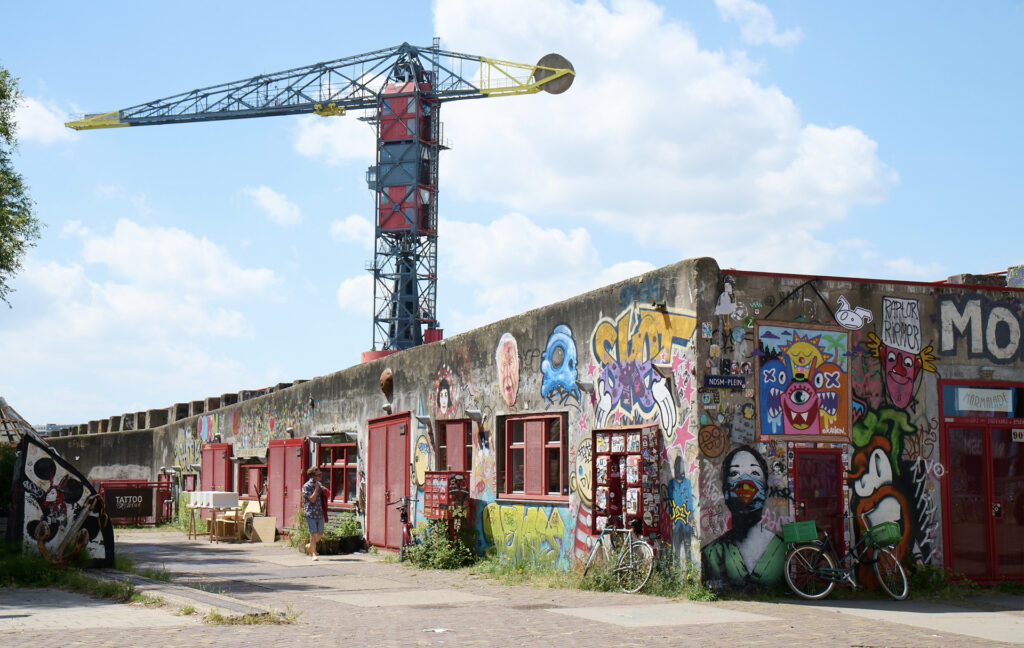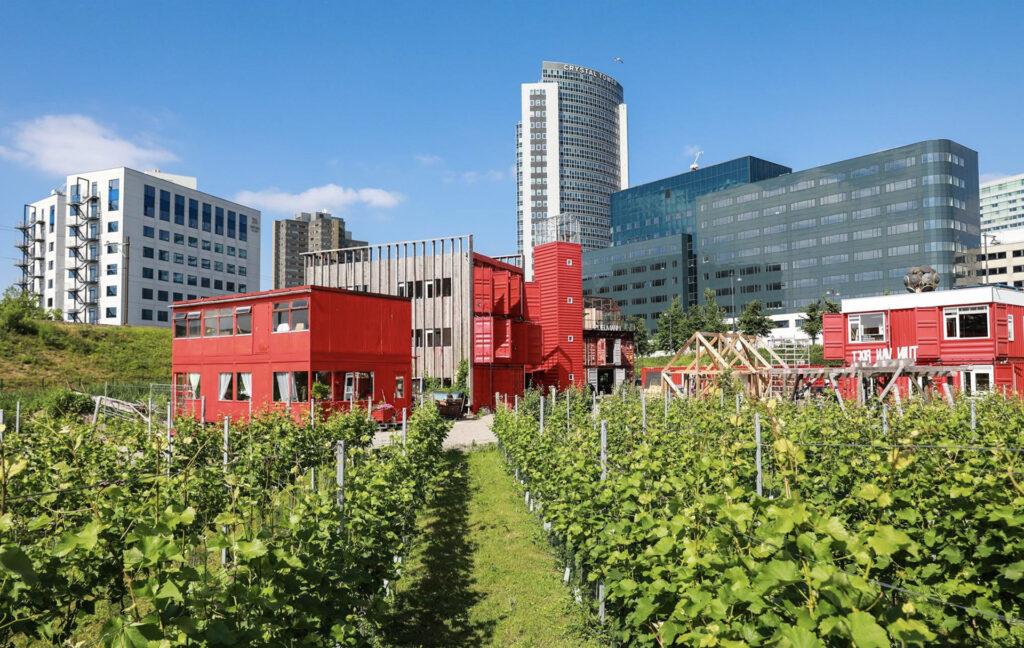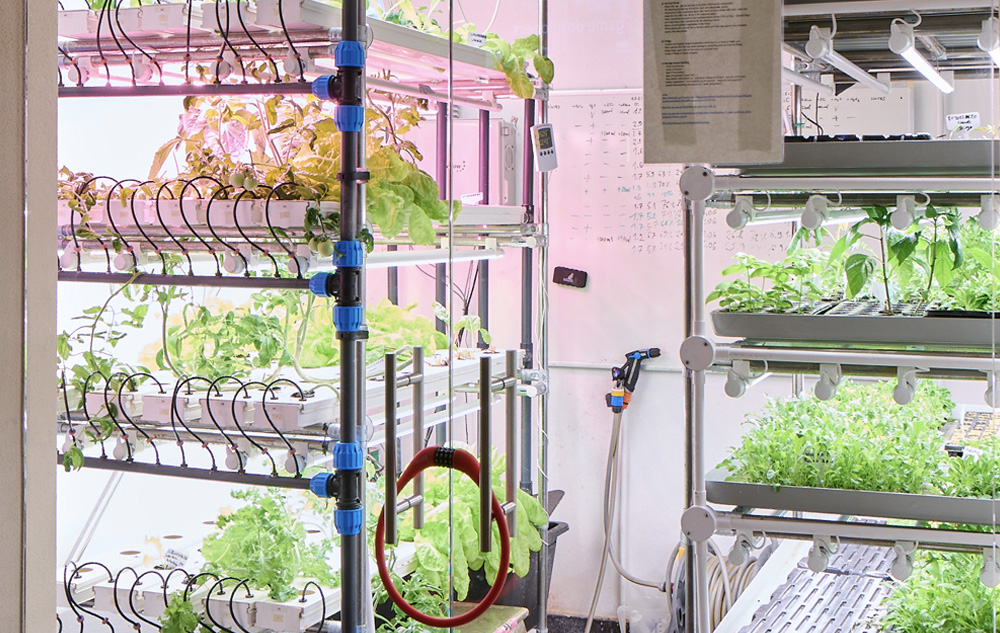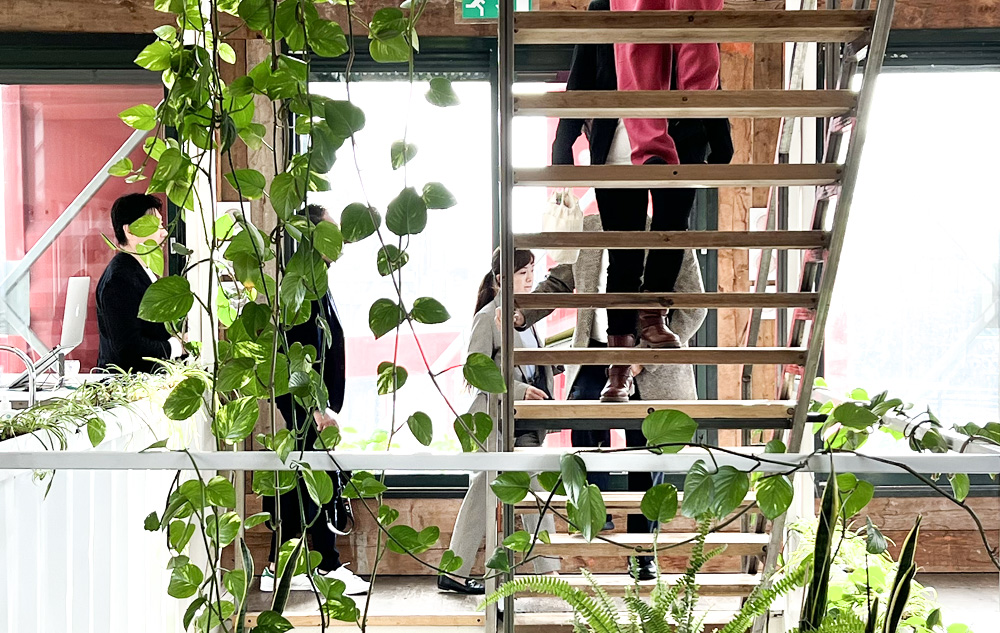European Inspection
Regarding the “environment” that underpins “working”, “learning” and “living”.
Observing the latest European projects and movements.
– KOKUYO CO.,LTD-
2023.10
Kokuyo Co., Ltd. proposes new approaches to ‘working, learning and living’ as part of its corporate policy. To explore the underlying relationship with the environment, we inspected examples and facilities relating to the latest European projects and movements, town planning and community building, housing and food, and culture.
WHY
Themes spanning a wide range, such as “working”, “living” and “learning”. With the term “sustainability” now ubiquitous, that perspective alone lacks impact, and the environment is so severely degraded that such efforts alone are insufficient. Therefore, this time it was necessary to visit sites practising the concept of “regenerative” – a step beyond “sustainable” – and to experience the phenomena actually occurring there.
FOCUS
We coordinated in-depth visits covering diverse fields: regeneration projects in areas once derelict or polluted; revitalising initiatives even local authorities had abandoned; fostering essential community connections and social interaction; urban farming; laboratories gathering creators and technologists; and cultural examples exploring fresh perspectives on art.
PROCESS
・Research into urban regeneration development case studies
・Research into cultural examples such as communities, food, and art
・Arranging appointments and coordinating site visits
・Local escort services
OUTCOME
This time, due to the tight two-day schedule, we focused our tour on Amsterdam city centre.
First, we visited the northern Noord area, home to a disused shipyard where both public safety and soil conditions were poor. This neighbourhood has seen diverse individuals launch projects, driving development from the grassroots up. At NSDM, we heard directly from Eva De Klerk, who spearheaded the redevelopment. She shared how the area was revitalised as a new hub for artists and creators while simultaneously enhancing its value by preserving its historical significance as a shipyard that underpinned the Dutch Golden Age. At De Ceuvel, redeveloped to enable activities on land polluted by drainage, we observed the actual planting of vegetation as a soil remediation measure. We also inspected the renovated boats placed atop this, now serving as shops, studios, and co-working spaces. Subsequently, at A-Lab – which combines a lab with a university research institute – we learned about the renovation of a former major oil company building, how they connect people from diverse backgrounds such as creators, technologists, and social entrepreneurs, and inspected the urban vertical farm “Vertical Farm”. In the West Area, we visited Tuin van Bret, a popular spot transformed from stalled development land into a container-based workspace and winery that hosts community-engaging events. Architect and project initiator Saskia Oranje shared insights on funding ideas and the journey towards community building centred around the winery.
It proved a highly rewarding two days, offering opportunities to discuss environmentally-focused urban development, community building, and spaces for learning and exploration with local pioneers.















